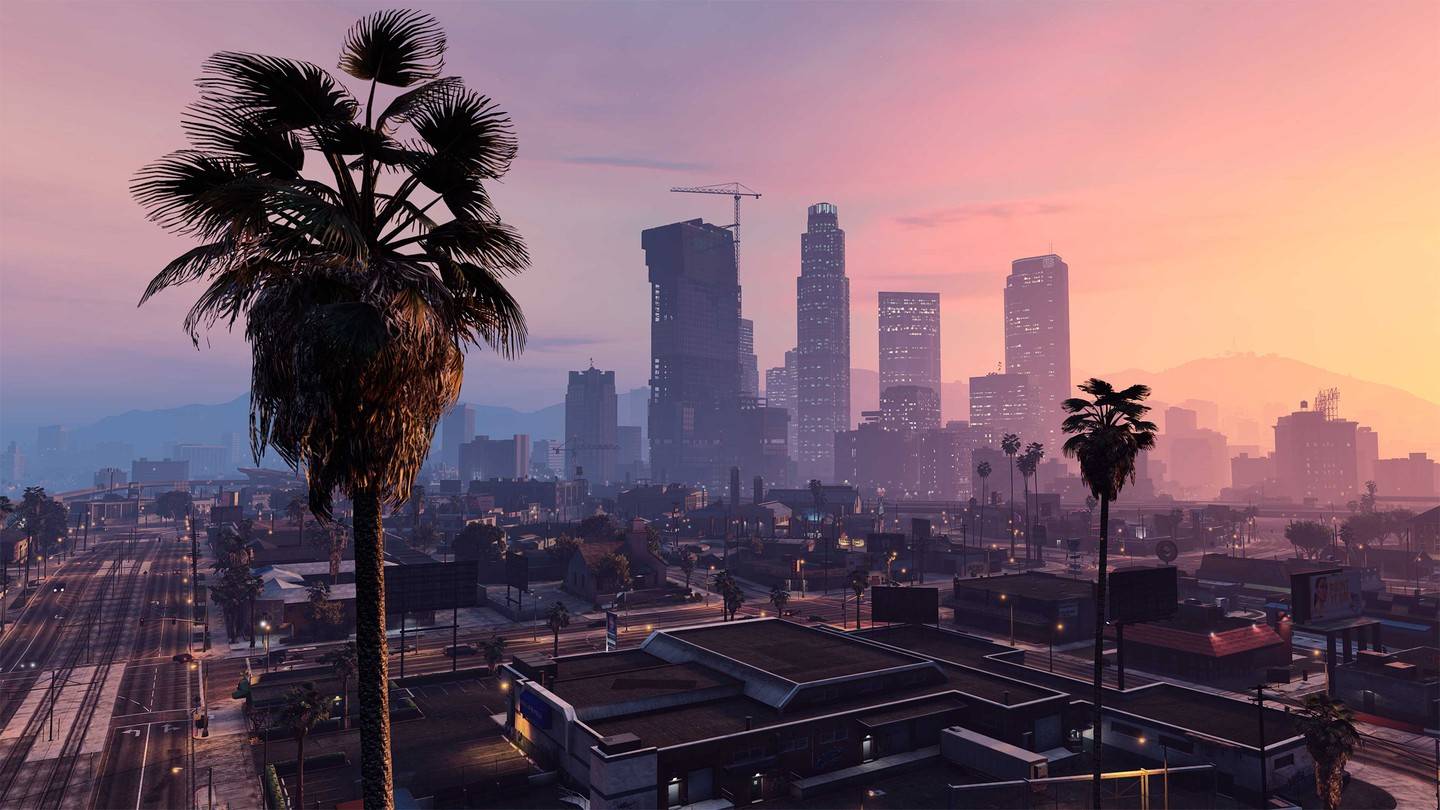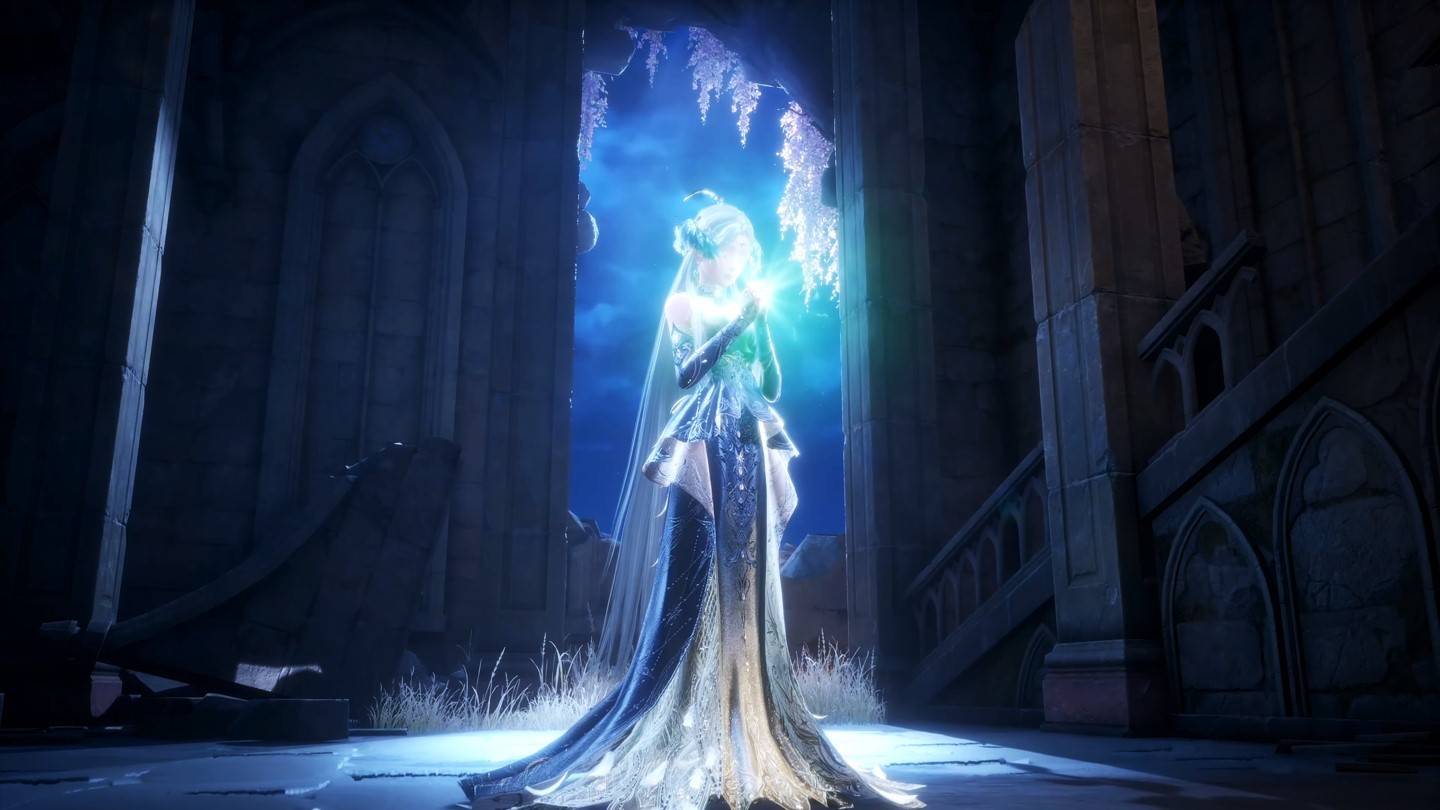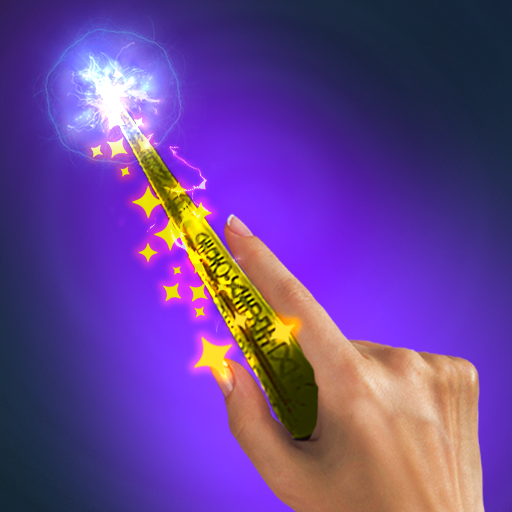AMD Radeon RX 9070: In-Depth Review and Analysis
The AMD Radeon RX 9070 arrives at a peculiar juncture in the graphics card market. Fresh on the heels of Nvidia's latest generation launch, the Radeon RX 9070, priced at $549, directly challenges the underwhelming GeForce RTX 5070. In this head-to-head, AMD emerges as the clear winner, making the Radeon RX 9070 an attractive option for 1440p gaming enthusiasts.
However, the decision isn't as straightforward as it might seem, and AMD's pricing strategy adds a layer of complexity. The Radeon RX 9070 is only $50 less than the superior Radeon RX 9070 XT. While this price difference is justified by the 9070's 8% slower performance and 9% lower cost compared to the 9070 XT, it's tempting to opt for the XT model for the marginal extra investment. Nevertheless, for those choosing between AMD's offerings, the outlook remains promising.
Purchasing Guide
The AMD Radeon RX 9070 launches on March 6, starting at $549. Keep in mind, this is just the base price, and higher-priced models are expected. If you're considering the 9070, aim for a version as close to the starting price as possible, especially given its proximity to the Radeon RX 9070 XT's pricing.
AMD Radeon RX 9070 – Photos
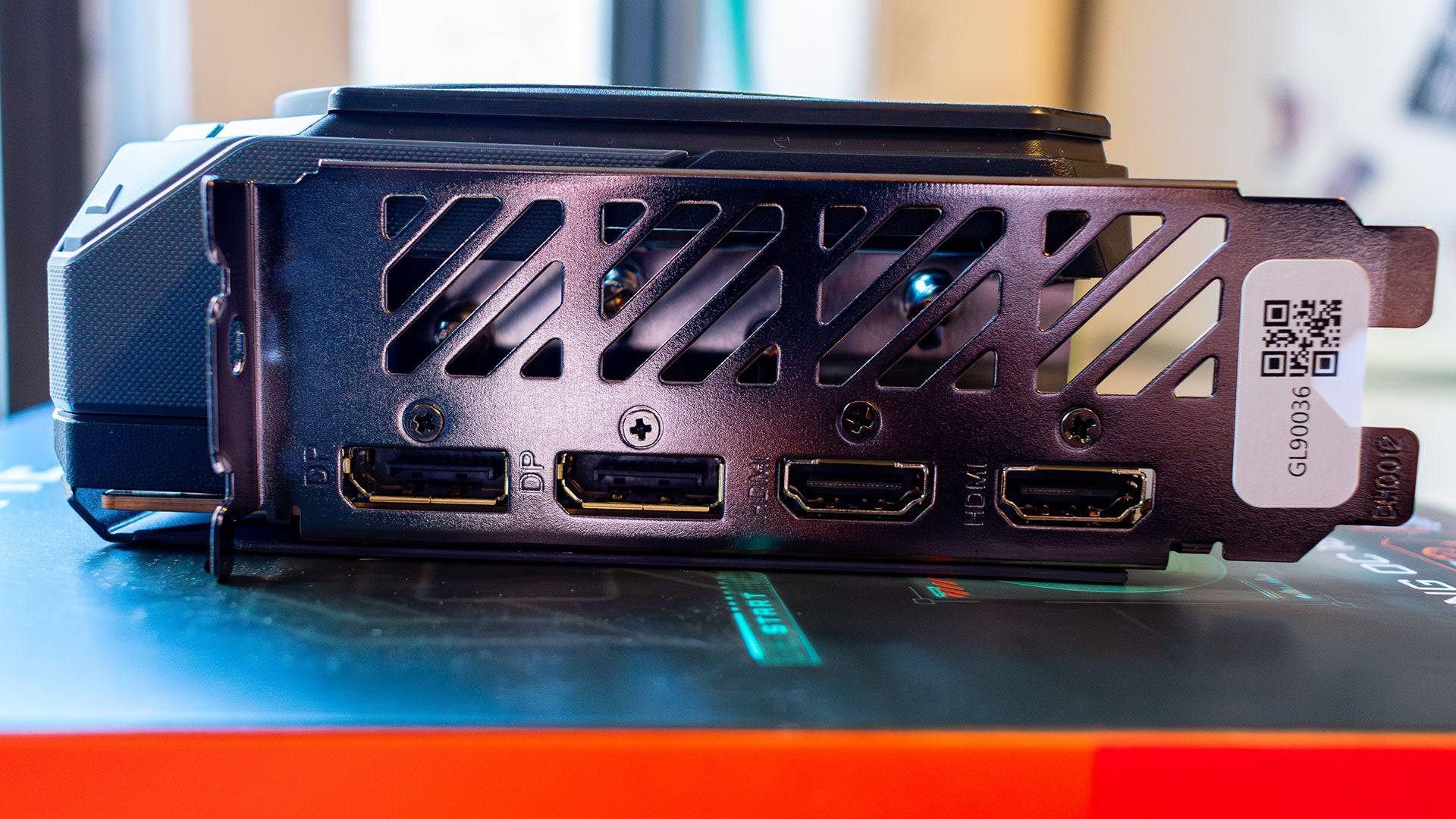
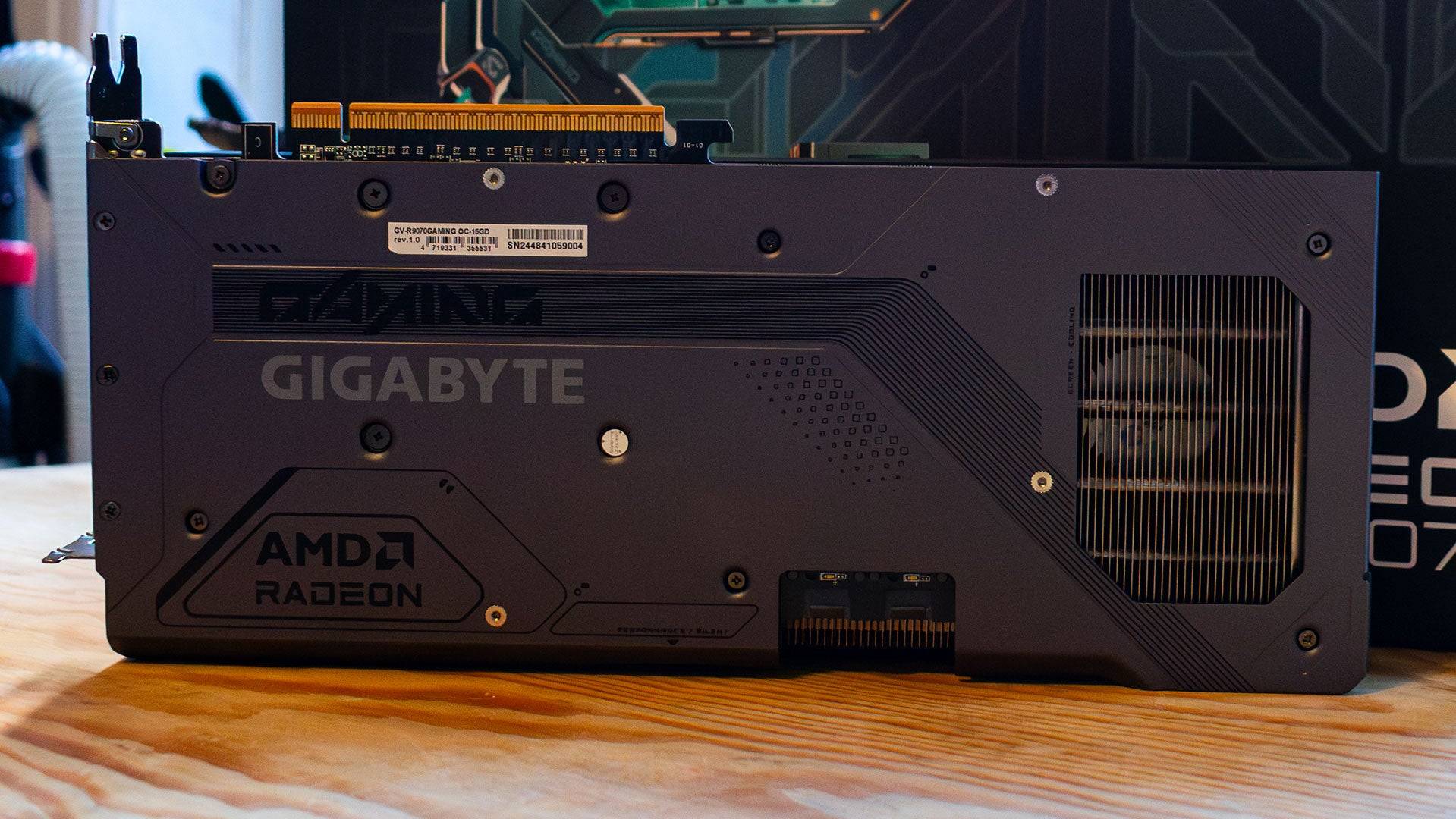 4 Images
4 Images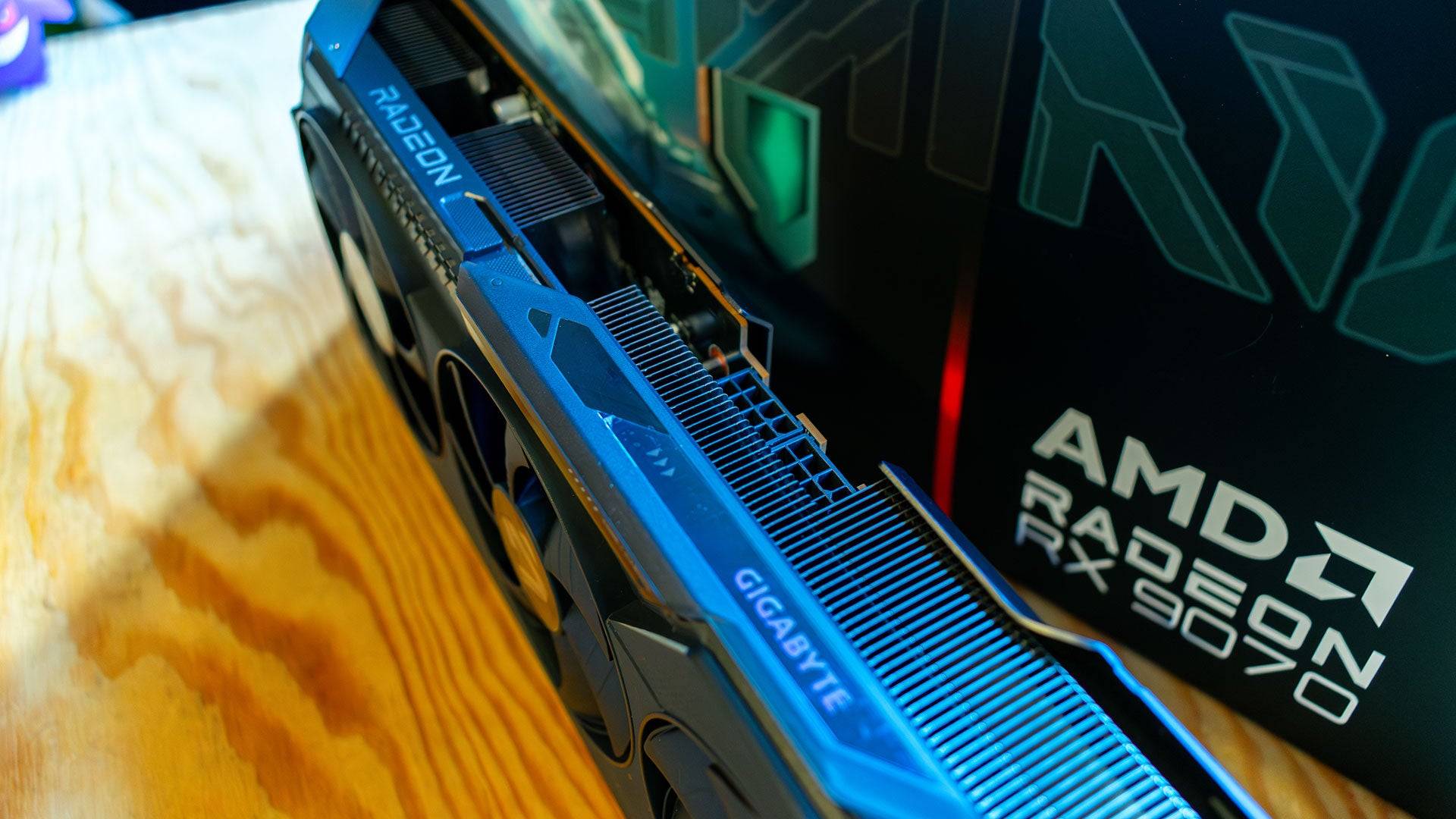
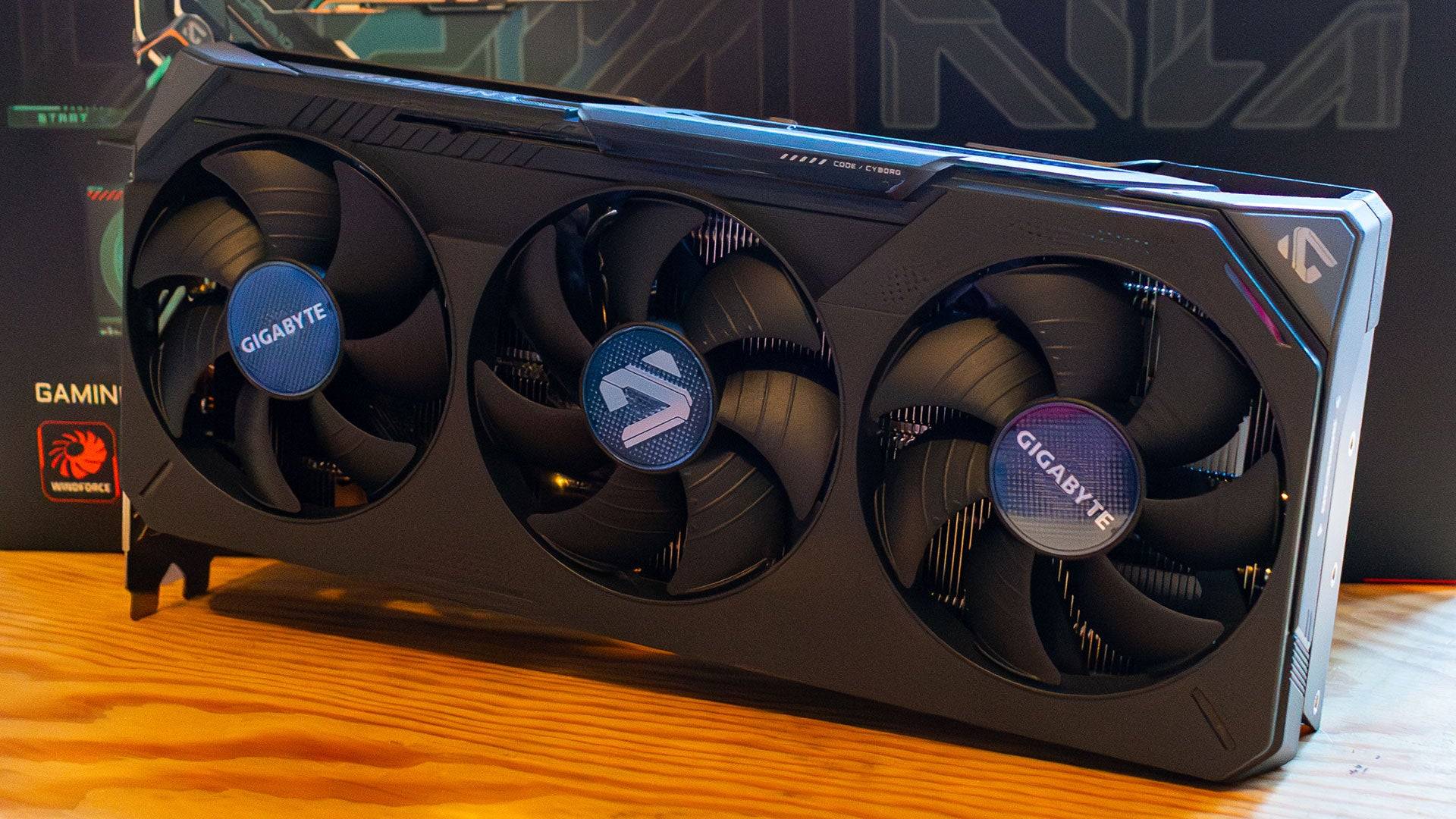
Specs and Features
Built on the innovative RDNA 4 architecture, the Radeon RX 9070 mirrors the capabilities of the RX 9070 XT. This new technology significantly enhances performance, allowing the 9070 to outstrip its predecessor, the Radeon RX 7900 GRE, by a wide margin, despite a 30% reduction in compute units.
The Radeon RX 9070 boasts 56 Compute Units, each equipped with 64 Streaming Multiprocessors (SMs), totaling 3,584 shaders. Additionally, each compute unit features one Ray Accelerator and two AI Accelerators, summing up to 56 and 112, respectively. These enhancements in Ray and AI Accelerators enable the card to compete effectively in games utilizing ray tracing. Moreover, the AI Accelerators' advancements have facilitated the introduction of FidelityFX Super Resolution (FSR) 4, marking AMD's first venture into AI upscaling.
Like the 9070 XT, the RX 9070 is equipped with 16GB of GDDR6 VRAM on a 256-bit bus, akin to the 7900 GRE's configuration, ensuring robust performance for 1440p gaming in the foreseeable future. While the adoption of GDDR7, as seen in Nvidia's offerings, would have been preferable, it likely would have increased the cost.
AMD recommends a 550W power supply for the RX 9070, which has a 220W power budget. My tests, however, showed peak consumption reaching 249W, suggesting a 600W PSU for safety. Notably, AMD has foregone a reference design for the RX 9070, leaving production to third-party manufacturers. I reviewed the Gigabyte Radeon RX 9070 Gaming OC 16G, a triple-slot card with a modest factory overclock.
FSR4
Since the advent of DLSS in 2018, AI upscaling has been a key strategy for enhancing performance with minimal image quality loss, primarily exclusive to Nvidia. FSR 4 changes the game by bringing AI upscaling to AMD GPUs, utilizing an AI model to upscale lower resolution images to native resolution, a departure from the temporal upscaling of FSR 3, which lacked AI refinement and sometimes resulted in artifacts.
However, FSR 4's AI model incurs a slight performance hit compared to FSR 3. For instance, in Call of Duty: Black Ops 6 at 1440p on the Extreme preset, FSR 3 achieved 165 fps, whereas FSR 4 reduced this to 159 fps. Similarly, in Monster Hunter Wilds, the Radeon RX 9070 managed 81 fps at 4K with ray tracing enabled, dropping to 76 fps with FSR 4. Fortunately, the Adrenalin software allows users to toggle between FSR 3 and FSR 4, choosing between better image quality or higher frame rates, depending on their gaming preferences.
AMD Radeon RX 9070 XT & 9070 – Benchmarks
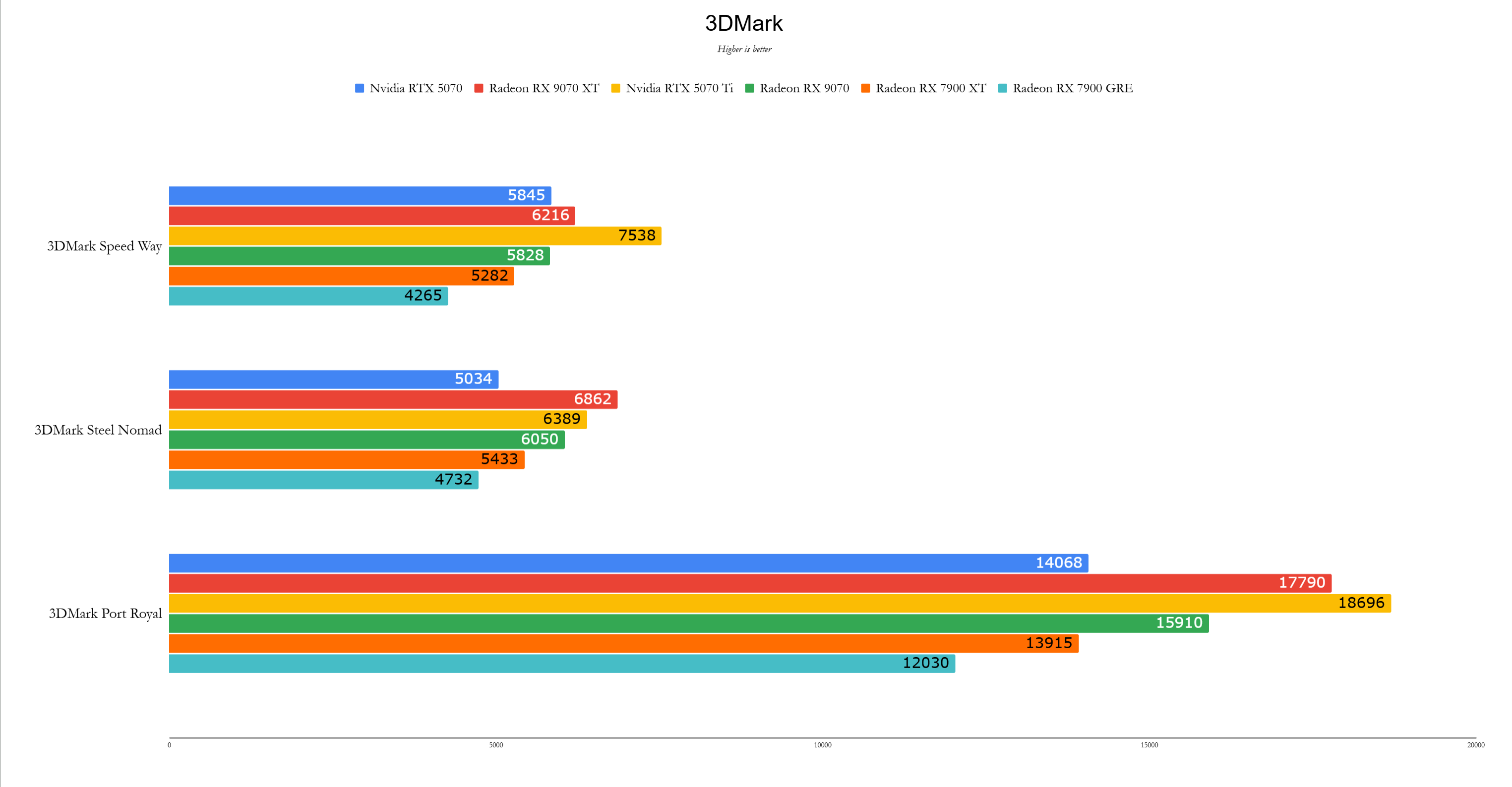
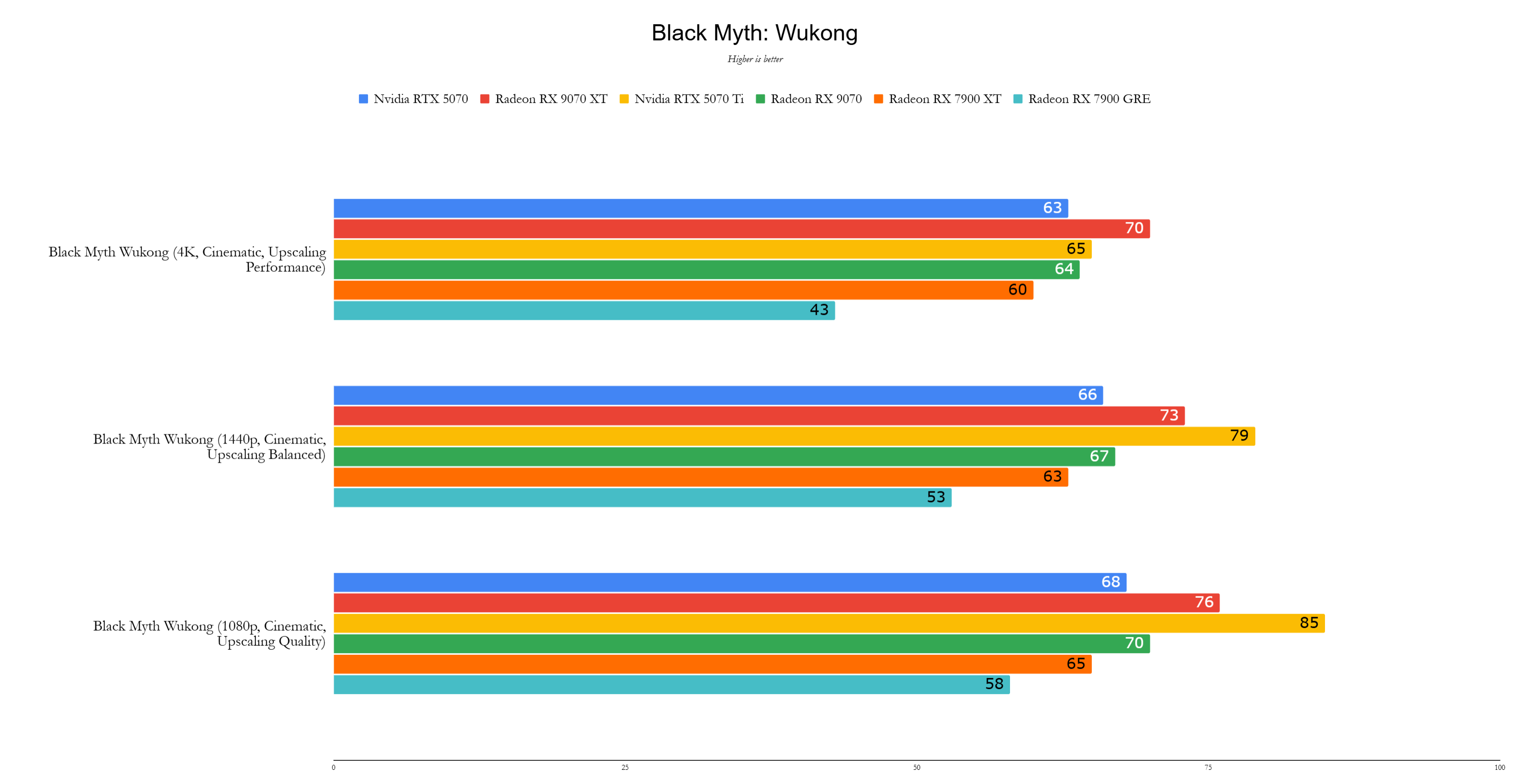 11 Images
11 Images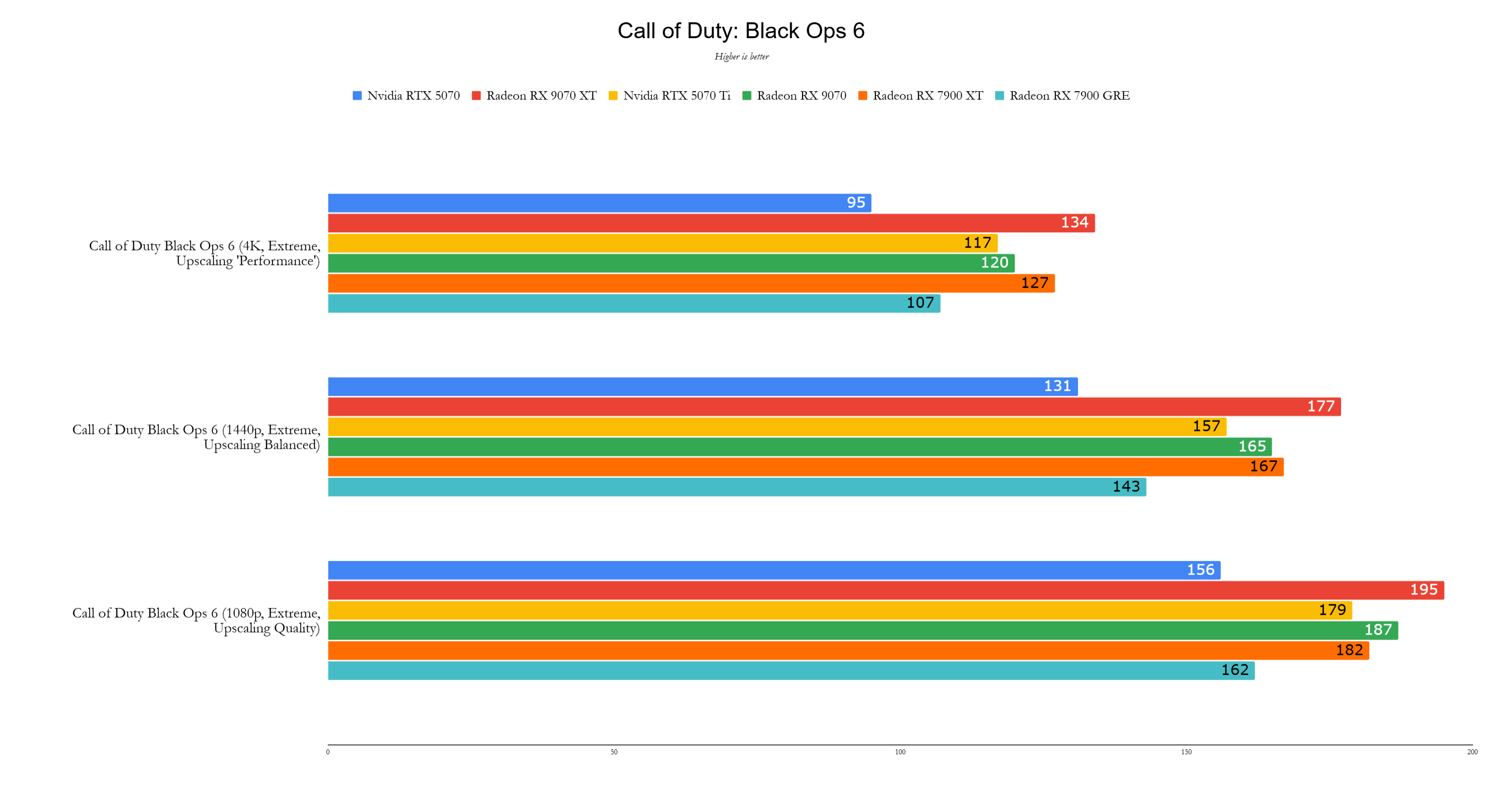

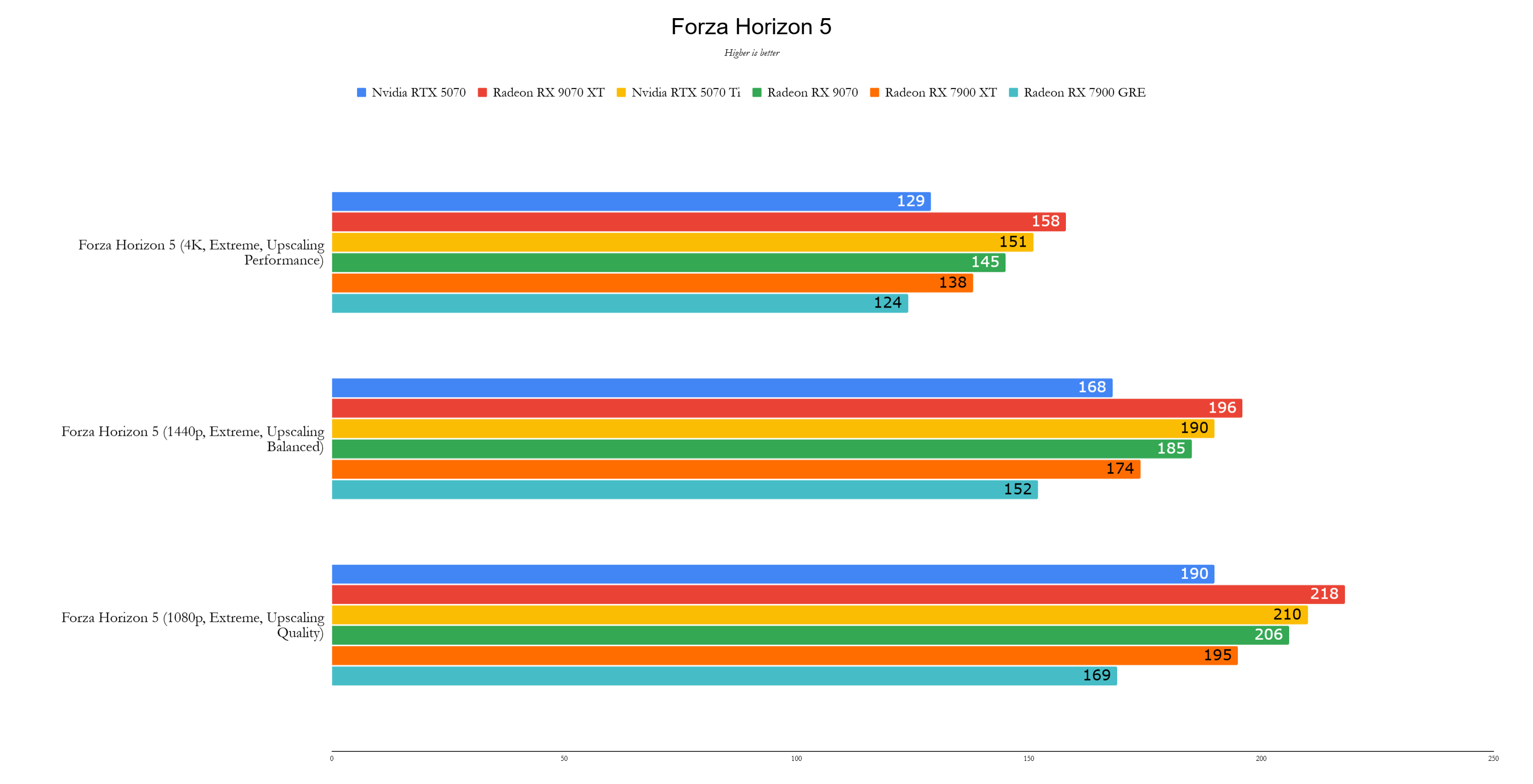
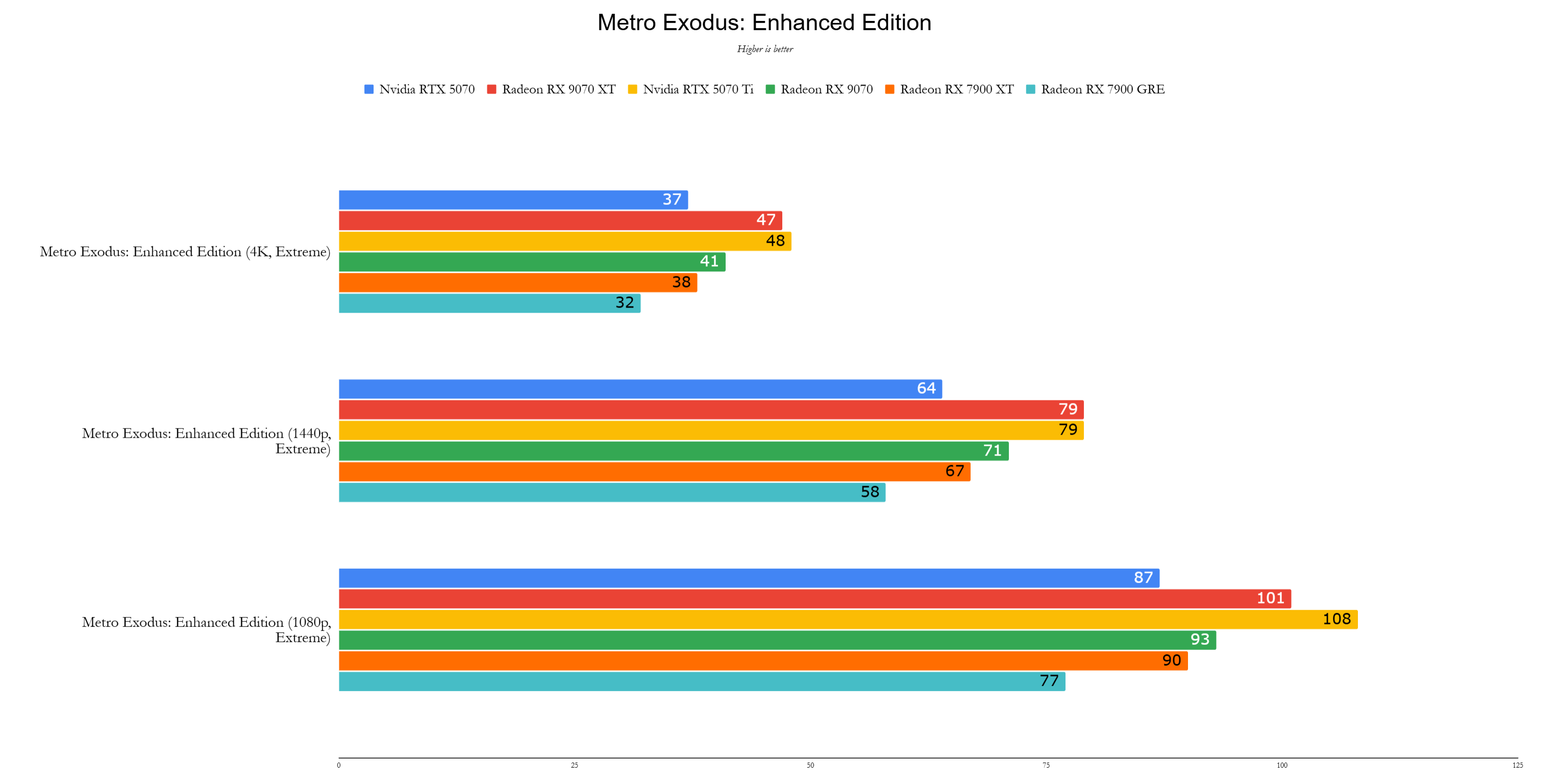
Performance
Priced at $549, the AMD Radeon RX 9070 directly competes with the Nvidia GeForce RTX 5070, outperforming it in most scenarios. At 1440p, the RX 9070 averages 12% faster than the RTX 5070 and boasts a 22% lead over the RX 7900 GRE, its predecessor, despite having 30% fewer cores. This performance leap is remarkable.
It's worth noting that my review unit was the factory overclocked Gigabyte Radeon RX 9070 Gaming OC, with a reported boost clock of 2,700Mhz, a 7% increase over stock. This overclock should yield a 4-5% performance boost.
All testing was conducted with the latest public drivers available at the time, including Game Ready driver 572.60 for Nvidia and Adrenalin 24.12.1 for AMD, with review drivers for the Radeon RX 9070 and 9070 XT provided by AMD.
In synthetic benchmarks like 3DMark, the RX 9070 demonstrates its potential. In the Speed Way test with ray tracing, it scores 5,828 points, nearly matching the RTX 5070's 5,845 points. Without ray tracing in Steel Nomad, the RX 9070 significantly outpaces the RTX 5070, scoring 6,050 to 5,034 points—a 20% lead at the same price point.
In real-world gaming, the RX 9070 excels. In Call of Duty: Black Ops 6 at 1440p with FSR 3 on Balanced, it achieves 165 fps, compared to 131 fps for the RTX 5070 and 143 fps for the RX 7900 GRE—a 26% and 15% lead, respectively. In Cyberpunk 2077, traditionally favoring Nvidia, the RX 9070 still manages a 3% lead at 1440p with Ray Tracing Ultra.
Metro Exodus, tested without upscaling, showcases the RX 9070's raw ray tracing prowess, averaging 71 fps against the RTX 5070's 64 fps—an 11% lead. In Red Dead Redemption 2 using Vulkan, the RX 9070's performance is stellar, reaching 142 fps at 1440p, compared to the RTX 5070's 115 fps—a 23% advantage.
Total War: Warhammer 3 sees the RX 9070 and RTX 5070 neck and neck at 1440p, with the RX 9070 at 135 fps and the RTX 5070 at 134 fps. In Assassin's Creed Mirage, the RX 9070 leads with 193 fps at 1440p on Ultra with FSR on Balanced, compared to the RTX 5070's 163 fps—an 18% lead.
Black Myth Wukong, another Nvidia-friendly title, results in a near tie, with the RX 9070 at 67 fps and the RTX 5070 at 66 fps at 1440p on the Cinematic preset. Forza Horizon 5, though aging, still highlights the RX 9070's performance, averaging 185 fps at 1440p, against the RTX 5070's 168 fps and the RX 7900 GRE's 152 fps—a 12% and 25% difference, respectively.
Launching so soon after the RTX 5070 only bolsters AMD's position. Both cards are priced at $549, yet the Radeon RX 9070 consistently outperforms its Nvidia counterpart. Additionally, its 16GB of VRAM ensures longevity, even if slightly slower than the RTX 5070's GDDR7. With AMD offering 33% more VRAM and superior performance, the Radeon RX 9070 stands out as the superior choice in this competitive segment.














